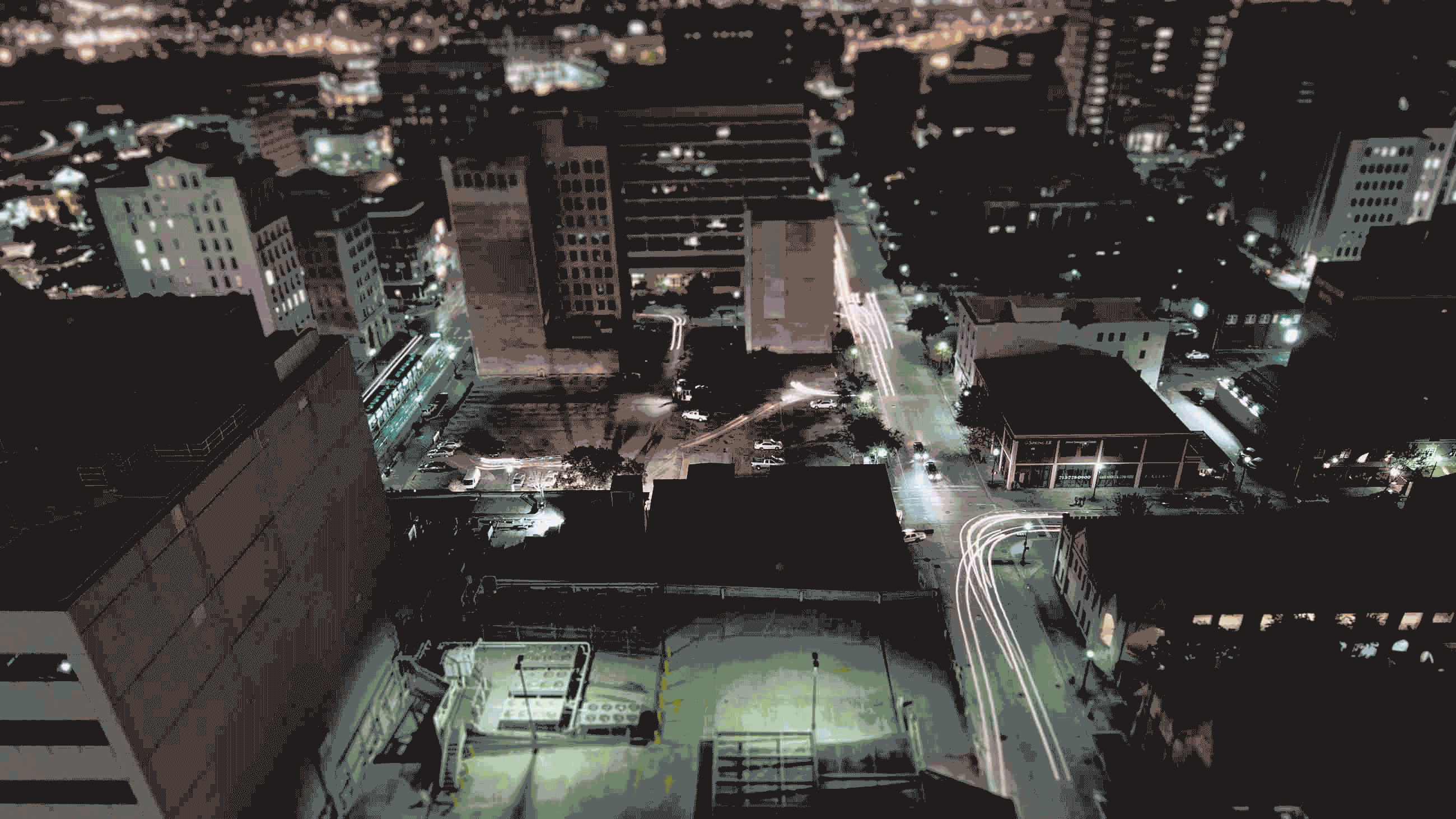Using Statistics to Grapple With Crime
VIEWPOINTS: Partner content, op-eds, and Undark editorials.
If only Fyodor Dostoyevsky had been a mathematician, he might have written a book called Crime and Statistics.
Since “statistics” doesn’t have quite the same ring as “punishment,” it wouldn’t sell as well. But such a book would make a better guide for formulating crime-fighting policy. Analyzing criminal behavior scientifically, using proper statistical methods, could enhance the ability of criminologists to better understand crime and what to do about it.
“The field needs broader and deeper scientific examination,” writes statistician-criminologist Greg Ridgeway in an upcoming Annual Review of Statistics and Its Application.
Nobody denies that crime poses a significant societal problem. The total annual cost of crime in the United States probably exceeds $1 trillion (estimates are imperfect). Most of that cost falls on crime victims (property loss, medical expense, lost wages). Governments in the U.S. spend well over $200 billion a year coping with crime. Yet, Ridgeway and others contend, those vast public expenditures are allocated without adequate evidence about how crime-fighting funds could be spent most effectively.
“As a society we need to bring science to bear on crime and justice with the same intensity that we apply it to agriculture, defense, transportation, and health care,” writes Ridgeway, of the University of Pennsylvania in Philadelphia.
It’s a tough task, though. Crime doesn’t lend itself to typical scientific investigation. It really wouldn’t be ethical, for instance, to randomly assign some criminals to prison while giving others a placebo.
But statisticians are clever. With sufficiently sophisticated methods, researchers can take advantage of “natural experiments” and other quirks of law enforcement to gather useful evidence about various criminological questions. Some studies have already begun to shed light on such murky issues as the effectiveness of police patrols, the extent of police bias, effects of different lengths of imprisonment, and the role of local environments in discouraging or encouraging criminal activity.
In one natural experiment, federal legislation in the 1990s provided a funding boost to many local police departments, allowing them to hire more officers. Some cities received more funds for new officers than others. Those differences allowed statisticians to test an old question about whether the police actually deter crime rather than merely responding to crime after the fact. One study from the 1970s suggested that boosting police presence in a neighborhood had no effect on the crime rate. But a more rigorous statistical analysis following the 1990s boost in police staffing found that more officers did reduce violent crime.
Statistical techniques have also tackled the tricky question of police bias against minorities. Analyses of traffic citations show no pattern of bias in some cities but clear signs of racial profiling in others. It’s more difficult, but still possible, to test for bias among individual officers in cities even if the police force as a whole does not engage in discriminatory enforcement.
Other research applying statistical methods has provided insights into effective police practices and procedures. One study found that police officers required to use body cameras used force less and received far fewer complaints. Another study, comparing officers assigned to different shift lengths (eight, 10, or 12 hours), found that officers were most alert and least sleepy when working 10-hour shifts (which also saved money in the overtime budget).
The role of the courts and the prison system in fighting crime can also be scrutinized with statistical tools. One prominent issue is whether the length of a jail or prison sentence meaningfully influences future crime. In one study of drunk drivers, jail time (or not) had no effect on the likelihood of another DUI conviction in the next two years. Similarly, longer prison sentences and probation periods did not affect the subsequent rearrest rate among drug offenders.
Statistical analyses can also test whether communities can create conditions that make crime less likely. “Our police, courts, and prisons do not necessarily offer the most cost-effective (or even effective) strategy” for fighting crime, Ridgeway points out. “Community interventions may offer a path to reduce crime outside the justice system.”
Littering, for instance, is more likely in alleys with walls filled with graffiti than in those kept neat and clean. In one city, cleaning up and landscaping vacant lots and fixing up abandoned buildings reduced vandalism, burglaries, and assaults in the area, a statistical comparison showed.
None of these studies would be admissible evidence in the policy arena had statisticians not been clever enough to exploit some sort of randomization. Without randomized analysis, confounding variables could influence the results. Studies of body cameras and shift lengths could be subjected to statistical analysis, for instance, because cameras and shift times were assigned randomly. And in gauging police bias, researchers compared traffic stops during daytime with those at night, when a driver’s race would be harder to detect before a stop.
To account for the possibility that it’s the time of day, and not the presence or absence of light, that influences the racial mix of drivers who are stopped by police, researchers have taken advantage of Daylight Saving Time. Data from days near Daylight Saving Time’s start or end allow the comparison of traffic stops, for example, on a dark Monday at 6 p.m. (when the race of a driver is hard to see) and, a week later, on a light Monday at the same clock time.
Testing the effect of jail time on drunk drivers was possible in a jurisdiction where defendants were randomly assigned to one of two judges — one known for handing out jail sentences, another who usually didn’t. Effects of clean neighborhoods could be computed in cities where vacant lots were selected to be upgraded at random.
Sometimes natural experiments randomize interventions in a most unfortunate way. Hurricane Katrina, for instance, wiped out many Louisiana neighborhoods in 2005, so some prisoners released in the following year had to live somewhere other than their original home. That situation enabled statisticians to show that ex-prisoners moving to new locations were substantially less likely to be reincarcerated after a year than those who returned to where they previously lived.
All these studies are open to question, of course — similar studies in different cities or countries could get different results. But as Ridgeway emphasizes, these studies are just the beginning of what statistical methods can do for crime fighting, demonstrating the potential of criminological statistics. Techniques developed for studies so far can be more widely applied.
“Statisticians can find numerous opportunities to contribute to increasing our knowledge about crime,” Ridgeway writes, “improving our justice system, making better use of our public safety expenditures, reducing victimization, and creating safer communities.”
https://pixel.knowablemagazine.org/pixel.js
Tom Siegfried is a science writer and editor in the Washington, D.C., area. He writes the Context blog for Science News and is at work on a book about the history of the multiverse.
This article originally appeared in Knowable Magazine, an independent journalistic endeavor from Annual Reviews. Sign up for the newsletter.










